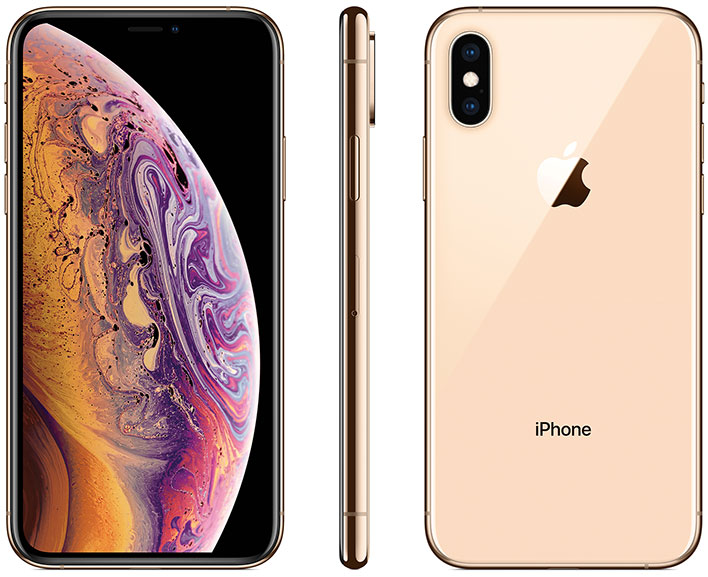Apple's Future iPhones Might Combine Face ID And In-Display Touch ID Security Combo

Love it or hate it, Apple has a tendency of waiting longer than some of its competition to roll out bleeding edge features. One of those is an in-display fingerprint sensor. While the technology is found on some Android devices, analyst Ming-Chi Kuo believes Apple will finally introduce the feature on its iPhone models starting in 2021.
In-display fingerprint readers are already available on various Android phones, such as Samsung's Galaxy S10 series and the OnePlus 7 Pro. The latest iPhone models, however, rely on facial recognition technology (Face ID) to authenticate a user, or an iPhone X series owner can rely on old fashioned methods, such as tapping a PIN code.
One reason why Apple might be waiting longer than others is to ensure that the return of Touch ID, as an embedded technology, works reliably and consistently. Apple is not immune to annoying quirks—bendgate and antennagate come to mind—but for the most part, it holds off on certain technologies until the quirks have been ironed out.
We have seen some of those technical issues first-hand. In our evaluation of the Galaxy S10+, we noted that even though we registered fingerprints a number of times, the phone never unlocked as quickly or consistently as we'd have liked, sometimes rejecting thumbprints repeatedly.
Some of the issues associated with in-display fingerprint sensors include power consumption, yields of the lamination process, and the overall thickness of the module, to name a few. According to Kuo, these and other technical issues inherent in embedded fingerprint readers will be fixed within the next 18 months, to the point where Apple will be comfortable implementing a Touch ID sensor in its iPhone. This will coexist alongside its currently-used Face ID feature.
Kuo believes Apple will ultimately tap Qualcomm for an ultrasonic fingerprint sensor. Apple generally prefers to design as much hardware in-house as possible, hence one of the reasons why it paid Intel $1 billion for its 5G modem business. But according to Kuo, an embedded fingerprint sensor is one component it will buy.

